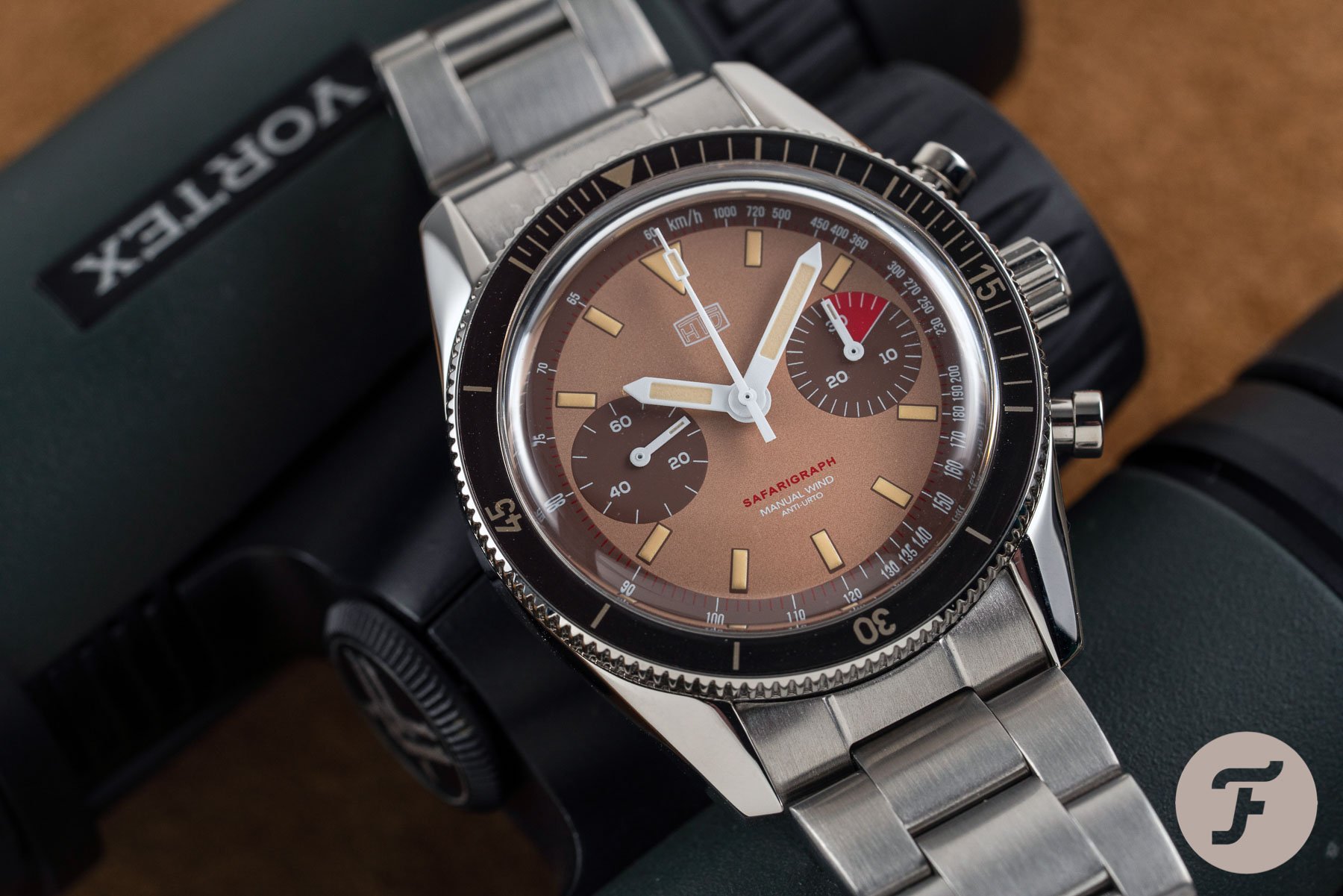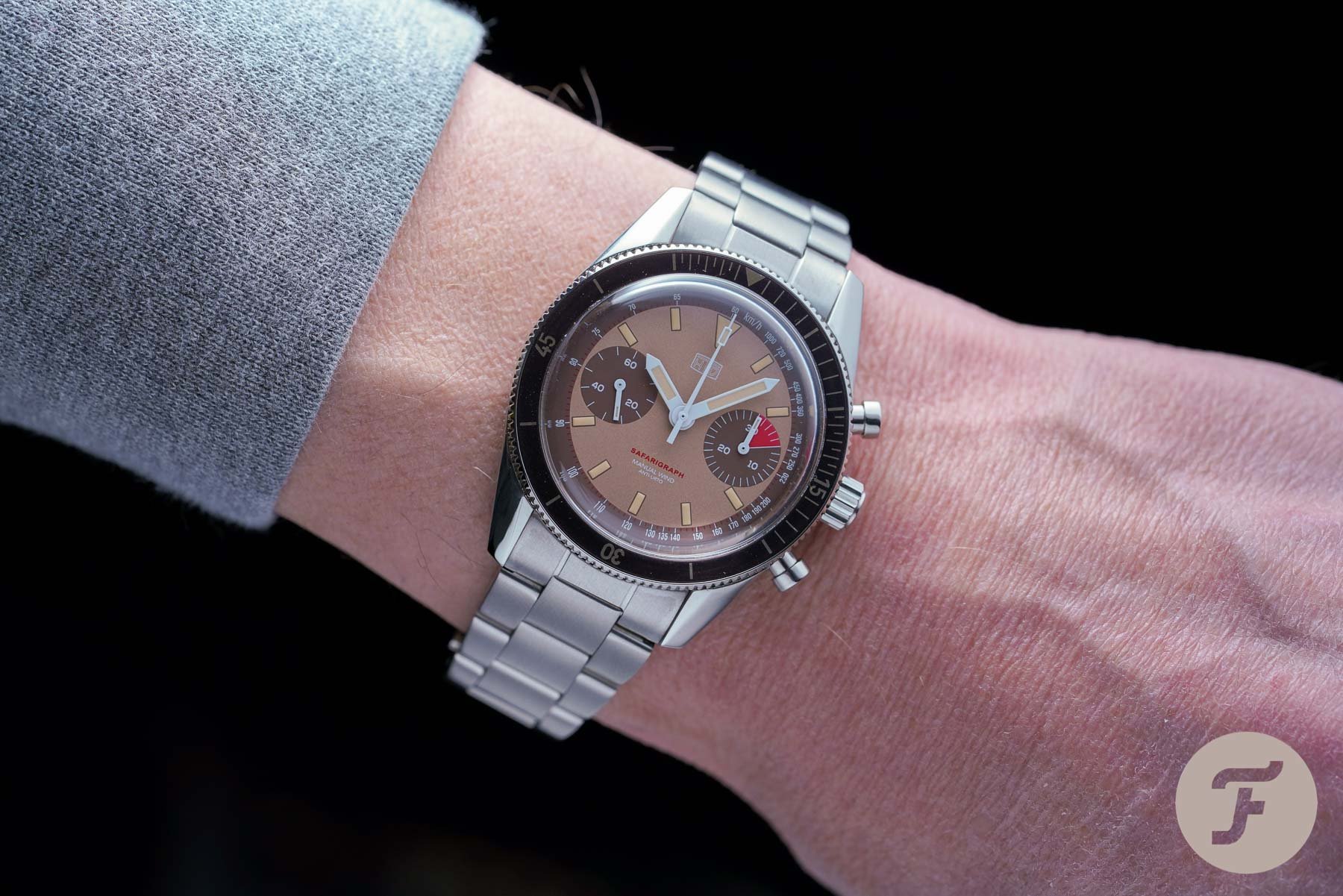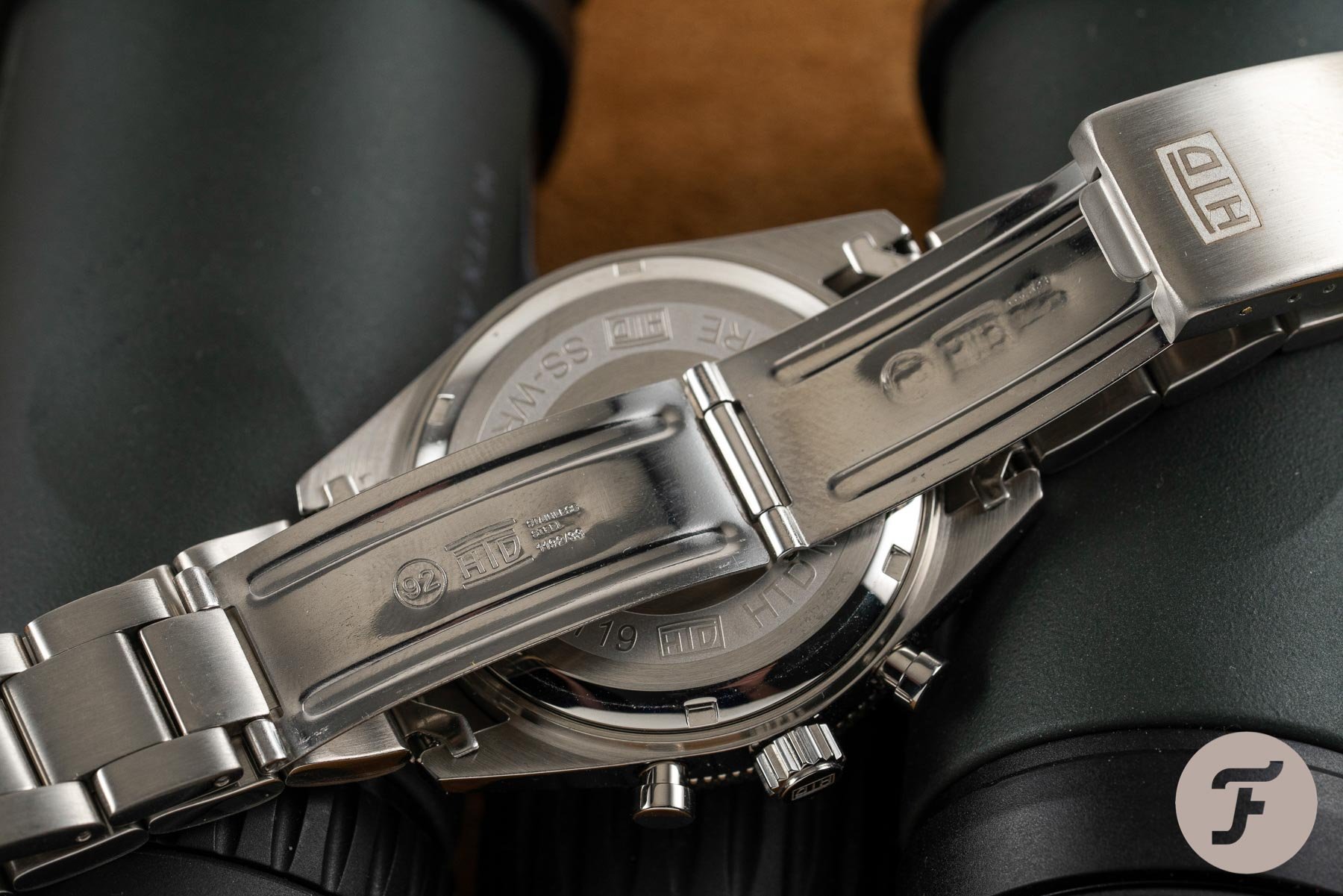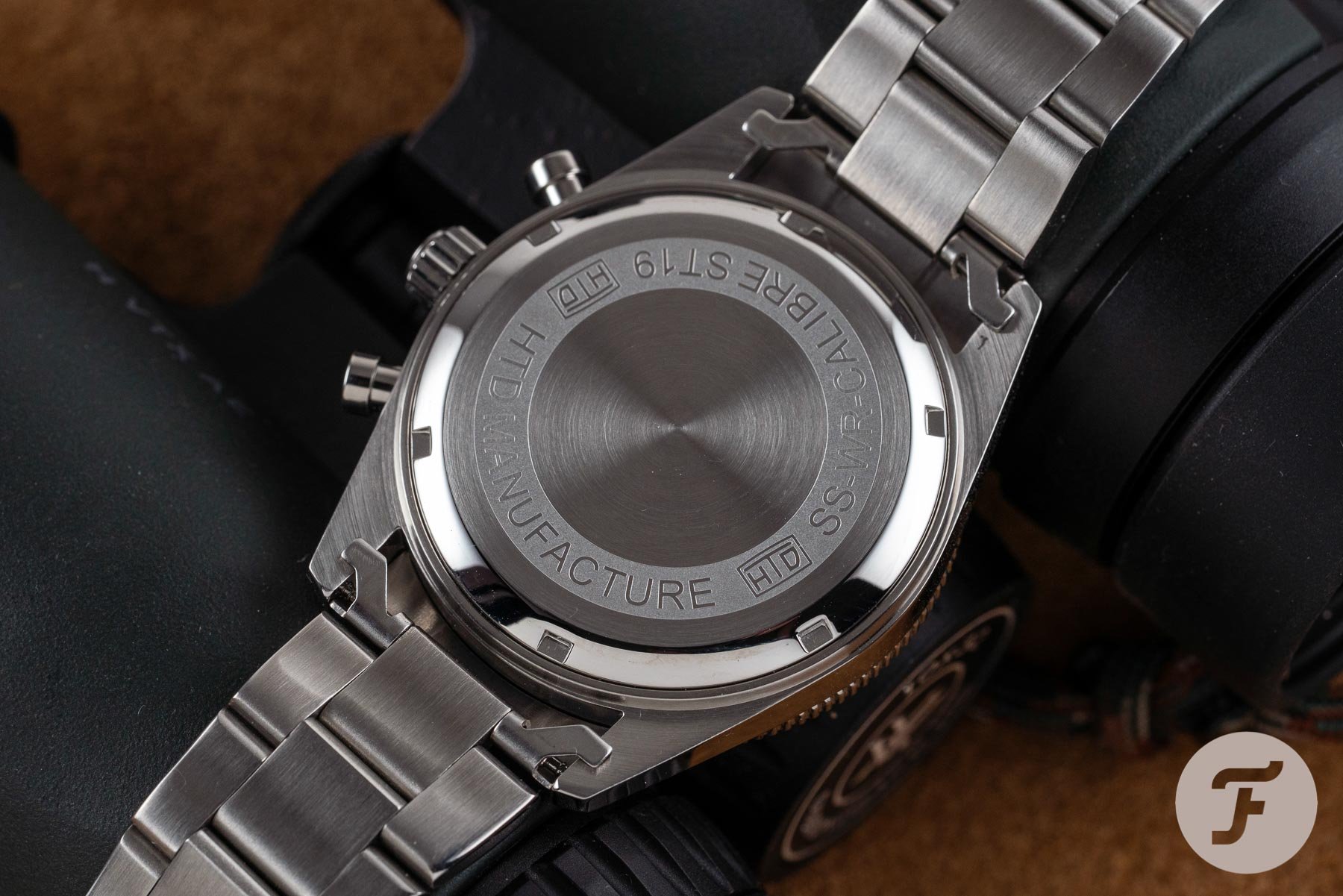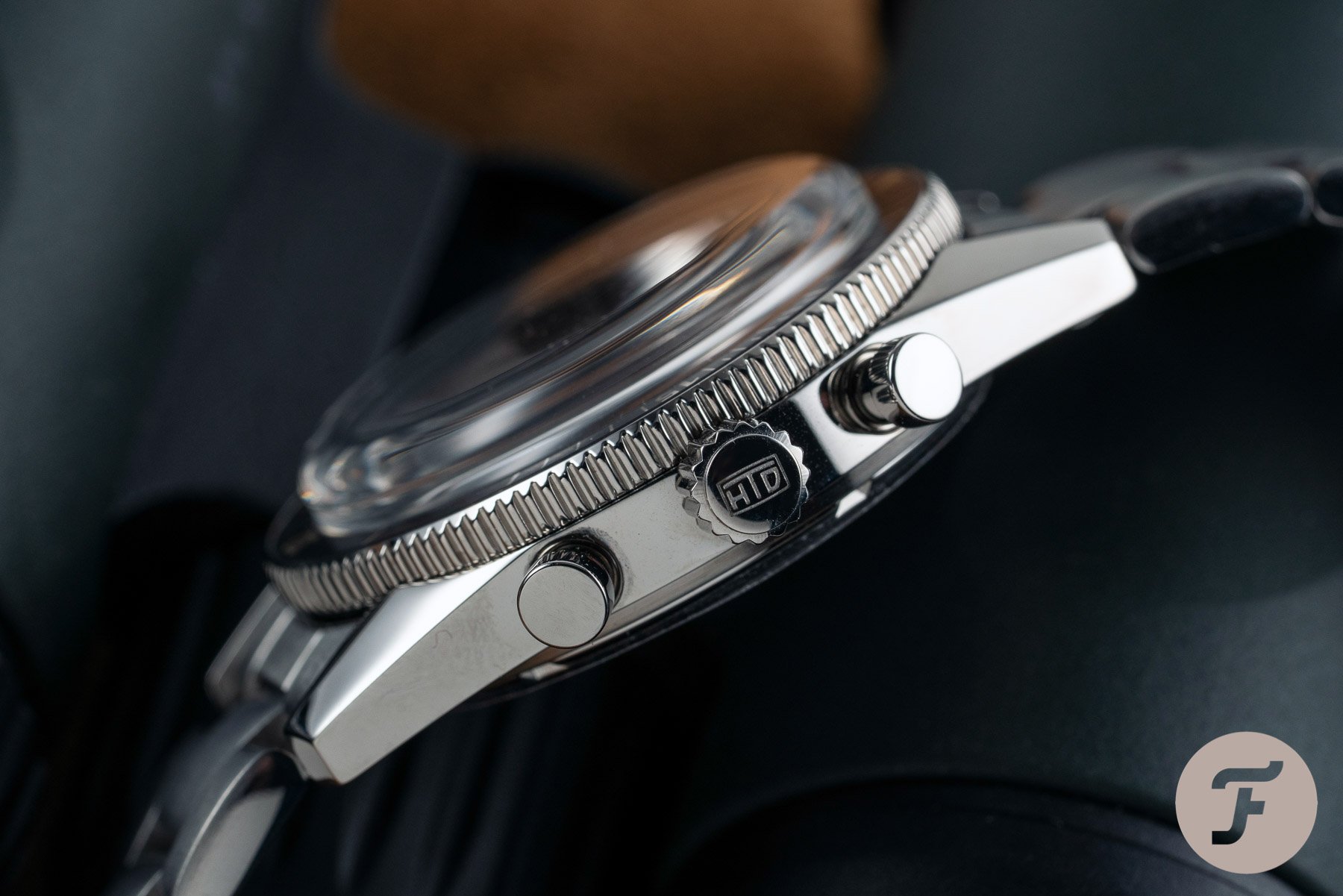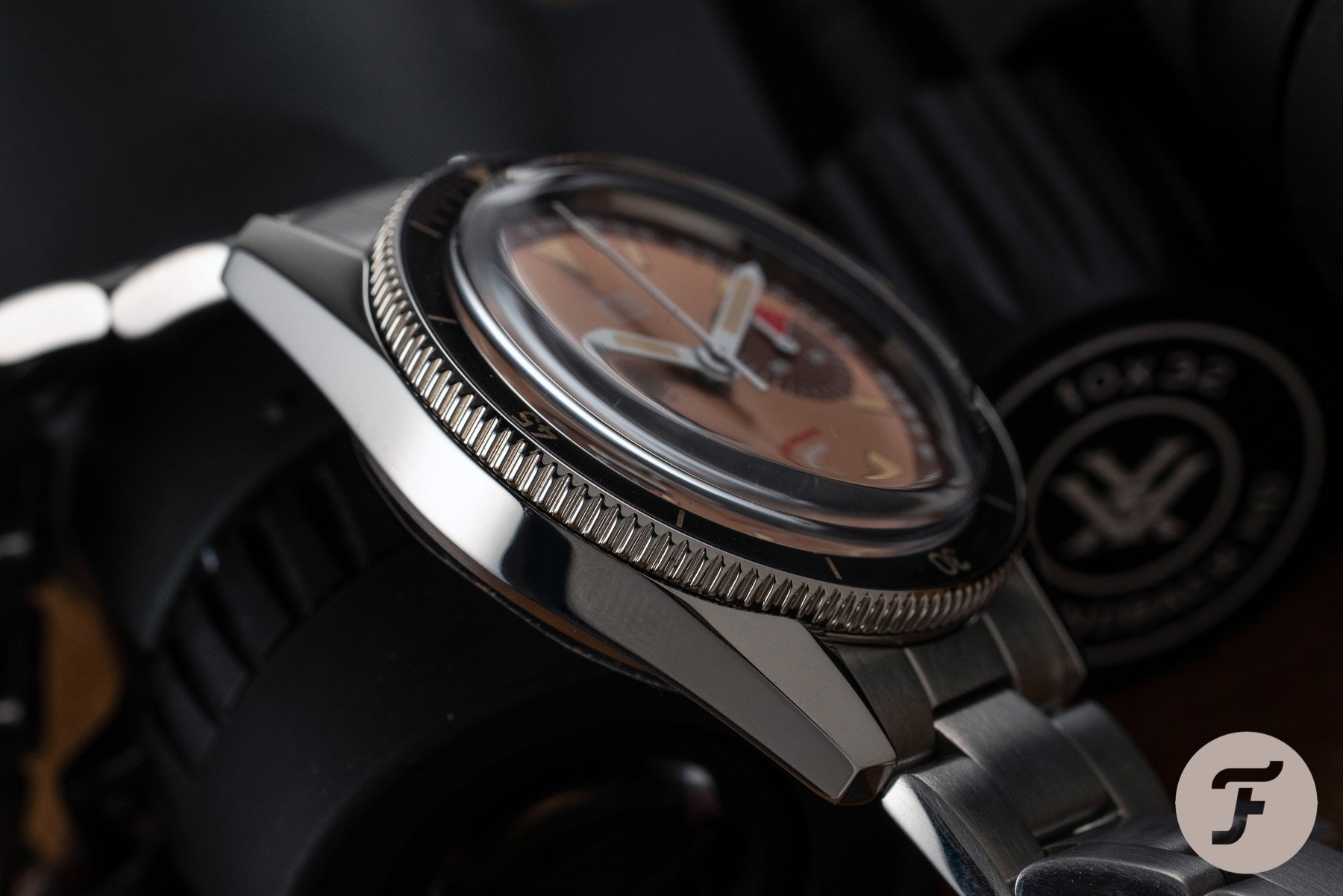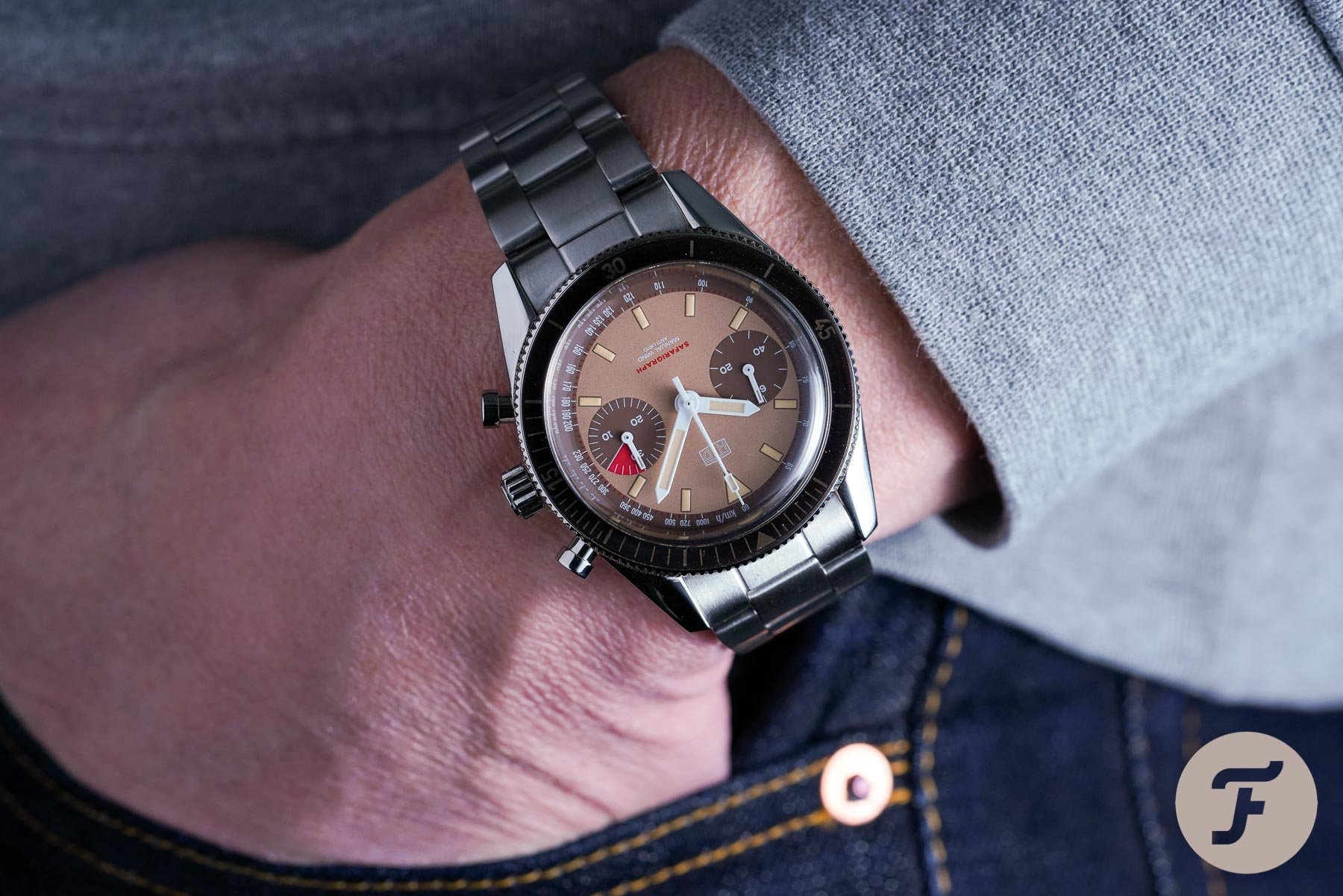The HTD Safarigraph Was Designed In Firenze But Built For The Desert
Leave it to the Italians to come up with something stylish. Is that a cliché? Maybe, but that’s what a cliché is all about. The HTD Safarigraph was designed in Firenze but built for the desert. The original colorway of the 39mm retro-chronograph embodies “sprezzatura,” or “studied nonchalance.”
It was the Italians who made the Daytona great. Not great again, just great, period. If it hadn’t been for them, Rolex would still be having a hard time convincing dealers to stock the Daytona. I’m exaggerating, of course, but there’s a little bit of truth in there. Paul Newman wore a Daytona with an exotic dial on the cover of a highly popular Italian magazine in the early 1970s. And since everybody wanted to be cool like the Hollywood actor, they copied the one thing they could copy — the watch.
So they started buying the chronograph that was collecting dust in the watch stores of Rome, Milan, and Firenze, no doubt. Did this really happen, or is it a myth? Newman once said that it could very well have happened like that. We’ll call it true-enough mythology.
Meanwhile in Firenze
Nowadays, a Daytona with an exotic dial is the ultimate dream watch for many. That’s probably also true for Federico Del Guerra and Federico Zulian, two Italian designers who met during their studies. They set up HTD (Horological Tools Department Design) to produce watches that are meant to excite and even “pull out the best from our soul”. I don’t quite know what Federico means, but his passion for vintage pieces is evident.
One look at the Safarigraph, and you’ll know what I mean. It has that exotic Daytona feel while not trying to copy it literally. However, some elements seem quite familiar. The pump pushers, for instance, and the rattling bracelet and basic folding clasp — pure vintage Daytona. You can call it charming if you want.
Classic pump pushers
Del Guerra and Zulian state on their website that they “don’t want to overdo it on a technical level,” and the Safarigraph makes sure to keep things simple. For this chronograph, they called in the help of Matteo Fratini of The Watch Strategist to do the design. The heart of the watch is straightforward: it’s a chrono with a brown aluminum rotating bezel that feels tight all 120 clicks long. It has a 39 × 10mm polished steel case with a solid case back and a tall, domed Hesalite crystal.
The hand-wound chronograph movement HTD uses is a Chinese Seagull ST1901. These Seagull movements are assembled and regulated in the brand’s atelier in Florence and operate via classic pump pushers and an HTD-signed crown with a double internal gasket. The old-school rattling bracelet has been treated to a brushed finish.
Lions on the savannah
The main attraction is the dial. It is inspired by deserts, lions, and the savannah. These notions manifested as different shades of brown and beige with a hint of orange in bright light. Touches of red in the minute counter at 3 o’clock and the “Safarigraph” text give the dial a freshness it would otherwise have lacked. Without the red, the dial color could have looked unintentionally faded. The red, however, reminds us this is all entirely deliberate.
What else is there to see? A brown tachymeter scale around the dial, two brown sub-dials, the HTD logo, and the words “manual wind” and “anti-urto” (meaning “shockproof” in Italian) — in white. A loupe is required, though, to discover the white writing on the desert plain — er, sorry, I meant “dial.” The white hands have a highly functional design and are filled, just like the hour markers, with sand-colored C3 Super-LumiNova.
“Sprezzatura” for sale
Have you ever heard the phrase, “Gentlemen don’t wear brown in town”? Well, that might be the case for the London gentleman, but for the Italian “gentiluomo,” that rule doesn’t apply. The Italian gentleman has “sprezzatura” (studied carelessness, that is) down to a T. Casually swinging a brown-dialed watch on the wrist fits right into that concept, especially since it looks vintage. And let’s face it: it’s based on looks that you decide to buy the Safarigraph. This model will set you back €750, and since HTD will only make 50 pieces, it’s quite exclusive. For more information, please visit HTD’s website.
This is a preferred-position post. Learn more.

